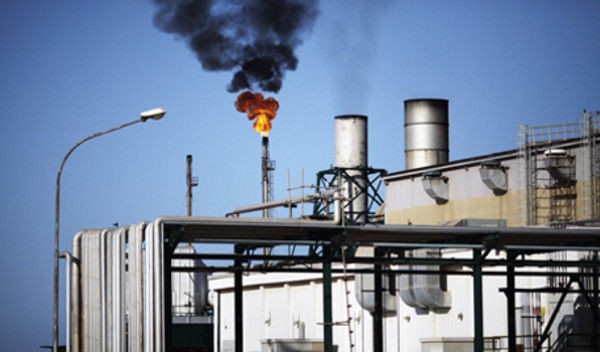

Now, steep cuts in investment, reductions in supply due to low prices and gradual increases in demand have brought most markets close to balance. Here is a look at the commodity market in general, as well as oil and gold.
Overall commodity prices are now likely to be range-bound for years, as materially lower prices should induce rapid supply reductions, while technological change and spare capacity mean any price increases will quickly be capped.
Commodities: volatile forever?
The commodity crash that began in 2011 led many of the highest profile investment themes since that time. As prices continued to fall, they dragged inflation down to such low—sometimes negative—levels that central banks often had to expand their already extensive efforts to return inflation to target. The equity earnings of commodity firms collapsed, causing index-wide earnings to stagnate and markets to trend sideways from late 2014 to the middle of 2016.
At the same time, corporate credit spreads widened as the collapsing prices prompted investors to question whether issuers could repay. Furthermore, many emerging market economies struggled to maintain growth. Some, such as Russia and Brazil, fell into recession.
These factors severely buffeted investor portfolios, but their effects are now largely behind us. However, the supply landscape in most commodities, riven with excesses and altered by new technologies, will never be the same.
Oil: a sinking feeling
Nowhere have changes to the supply landscape been more visible than in the oil market. Horizontal drilling and hydraulic fracking techniques have moved from fringe experiment to technological norm in just a few years.
Despite low prices, supply levels continue to grow. The Energy Information Agency predicts oil production in the US in 2018 will exceed 10m barrels a day—above the previous peak in April 2015 and close to the level of Russia and Saudi Arabia.
The impact of this new cheap production is still being felt. After the crash in oil prices that began in 2014 and finished in 2016, most commentators saw a channel between $40 (£31), below which financial stability stress would cause supply to sharply contract, and $60 per barrel, above which new supply would rapidly come on stream, as the new normal for oil.
Now both ceiling and floor are being pushed downwards. Technological change is still reducing costs in the oil market. Financing is easier to come by, as shale oil exploration is less risky than traditional methods.
Debt contracts that were vulnerable at low prices have now either run off or defaulted, leaving only debt that can be serviced at low levels.
All this means the price corridor is sliding lower, with the ultimate resting point still unknown, despite pledges from Opec to control its own production.
Gold: a glittering investment?
Gold, alongside its lesser cousin silver, has a special role in investor portfolios. Considered by many as the only true unit of money, gold tends to rally when the health of the modern capitalist system, in particular its banking institutions, is called into question. As those concerns grow, government bond yields tend to fall as risk perception spikes. This reduces the cost of holding gold, which of course pays you nothing.
Conversely, a rise in yield, particularly inflation-protected yields, makes gold look worse by comparison. This makes the investment case for gold a tricky judgment call for investors. On one hand, holding some gold could be a sensible way to provide extra protection should current buoyant sentiment conditions worsen. On the other, if central bank accommodation is about to be withdrawn, rising real yields could be a damaging feature of the landscape for gold investors in coming years.
Nandini Ramakrishnan ia s global market strategist at JP Morgan Asset Management



